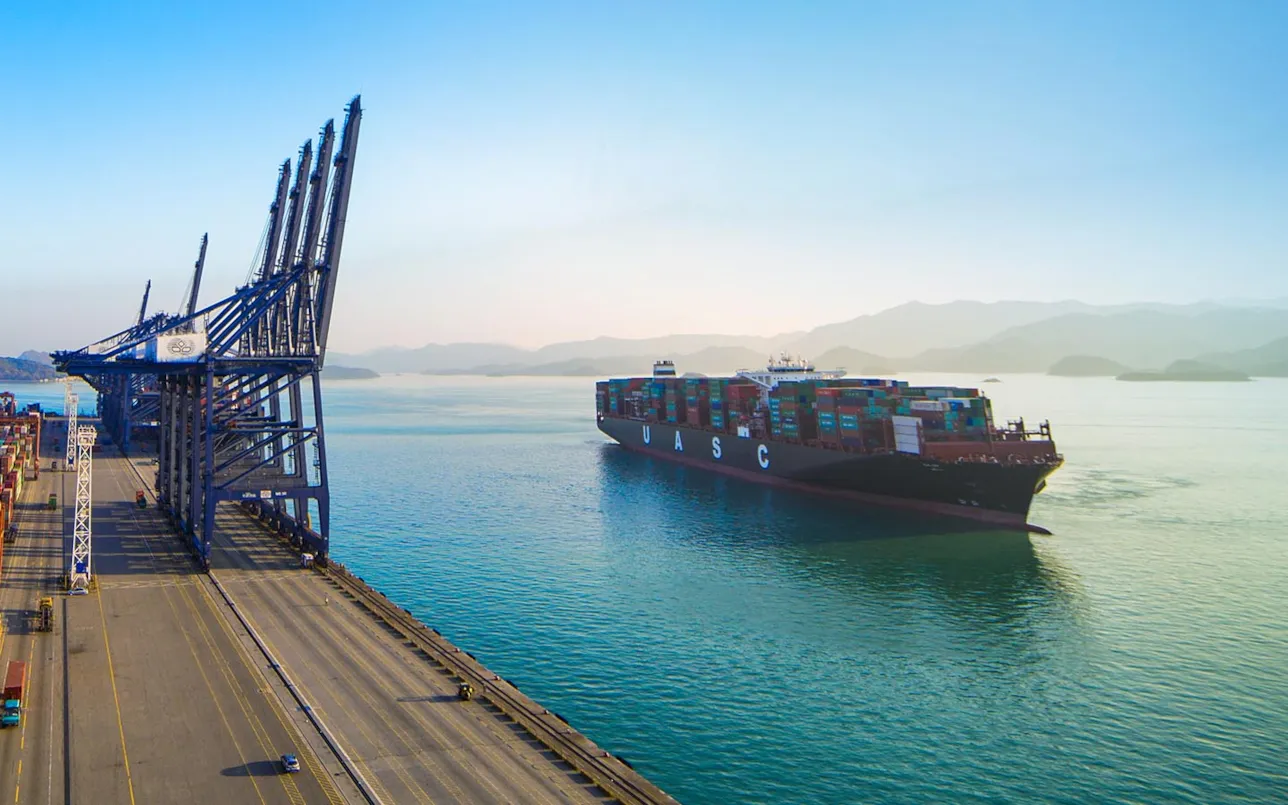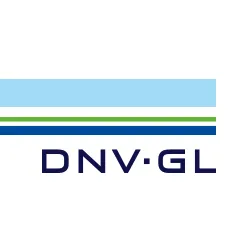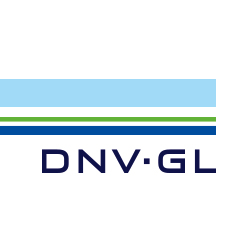

The dock period is only half the job
With the Sajir retrofit Hapag-Lloyd and DNV GL are breaking new ground: Never before has a large container ship been converted to LNG propulsion.
Featuring in this interview

Henning Pewe, Senior Principal Specialist Gas Technology, DNV GL - Maritime

Our experts Henning Pewe, Senior Principal Specialist Gas Technology and Marcus Ihms, Ship Type Expert Container, highlight the technical challenges and explain how they were solved in this pioneering LNG project.

Marcus Ihms, Ship Type Expert Container, DNV GL - Maritime

How does this project differ from other conversions?

DNV GL has repeatedly overseen challenging ship conversions such as vessel elongation and widening projects. In those cases, however, the engine remained untouched. The Sajir retrofit, planned by the Hamburg-based engineering company TECHNOLOG, is different. It affects all aspects of the ship, including many mechanical engineering issues and safety rules. This is a fundamental redesign that is a novelty. I haven’t seen anything similar in nearly 25 years at DNV GL.

What preparation is required for the conversion?

Months before the Sajir is due to enter the Shanghai Huarun Dadong shipyard in May 2020, experts will start configuring the 6,700 cubic metre membrane tank. Unlike newbuildings, the ship and tank cannot be built simultaneously here. Preparatory works include gluing small insulation panels to the tank’s surface like tiles to a bathroom floor. “The vessel’s three months at the yard wouldn’t offer enough time. Once the preparatory works are completed and the Sajir enters the dock the prefabricated tank structure will be lifted on board and integrated with the ship.

What needs to be considered for the installation of the tanks?

The structure will initially be quite wobbly. To avoid cracks workers must exercise great care and precision until the tank is firmly welded to the ship. As the Sajir is to use the cleanest burning fossil fuel, it must also make sufficient room. The LNG tank has a double shell and you need space for piping and ventilation. The existing tanks remain below the superstructure, thus ships using LNG need ca. 300 to 600 TEU of extra space for the fueling system.

How are risks mitigated?

Being the first to tackle a large LNG retrofit also means challenges. But we are very confident that all project partners involved will manage them. The project benefits from DNV GL’s wide experience with both LNG as ship fuel and LNG carriers. Over the last years, our independent research has contributed to the development of international regulatory frameworks for gas-fuelled ships including the IMO’s safety code. Our guidelines have been blueprints for the industry. The about two years of work that DNV GL experts have so far put into the Sajir retrofit, however, stand out. It’s a light house project for everyone involved.

What are the steps to becoming LNG-ready?

1. Fuel decision support 2. Concept review 3. Approval in principle 4. Risk assessment 5. Class approval
